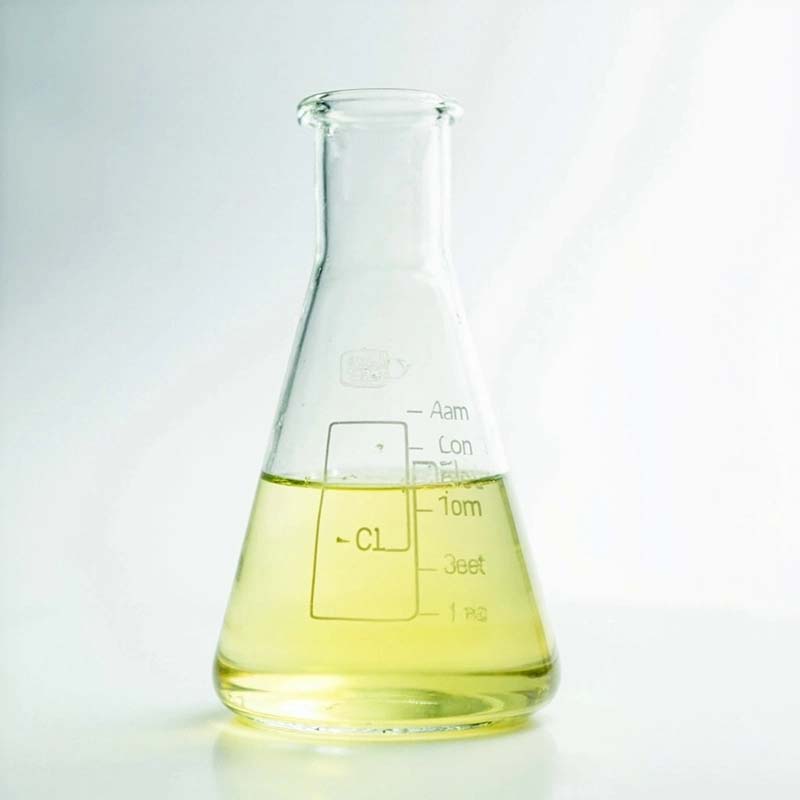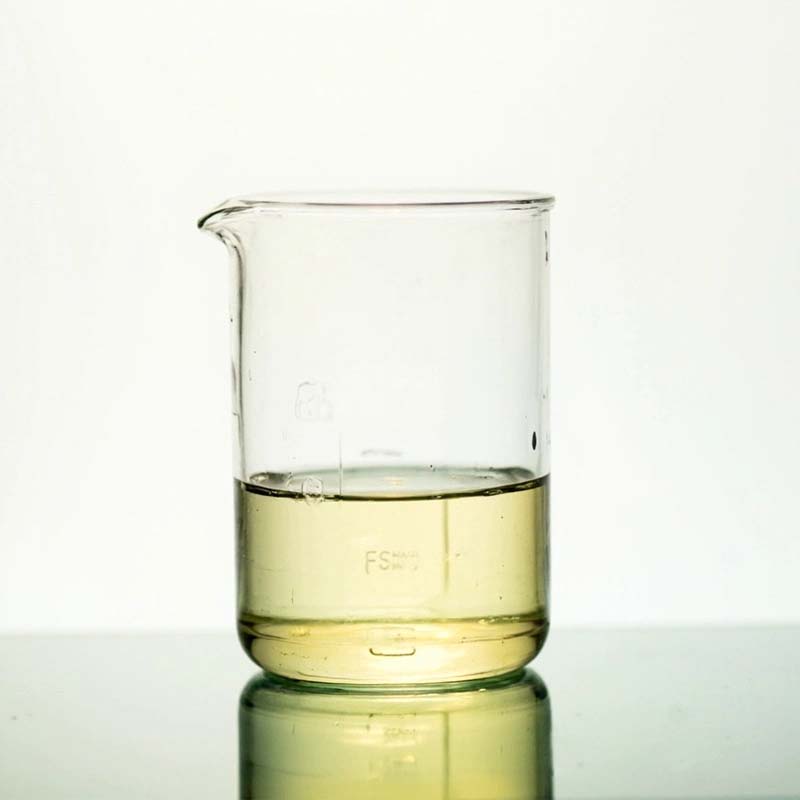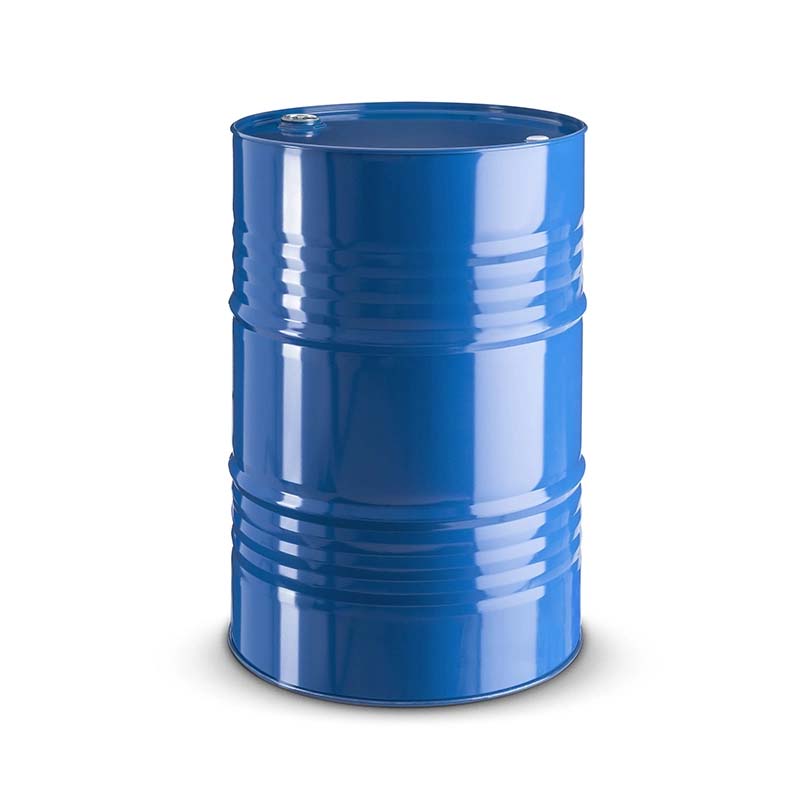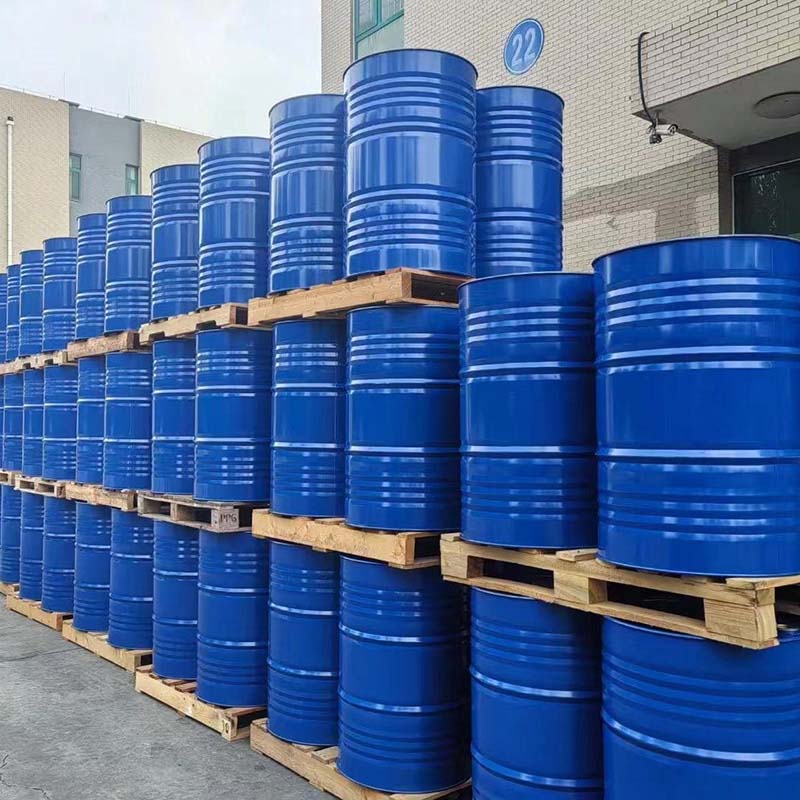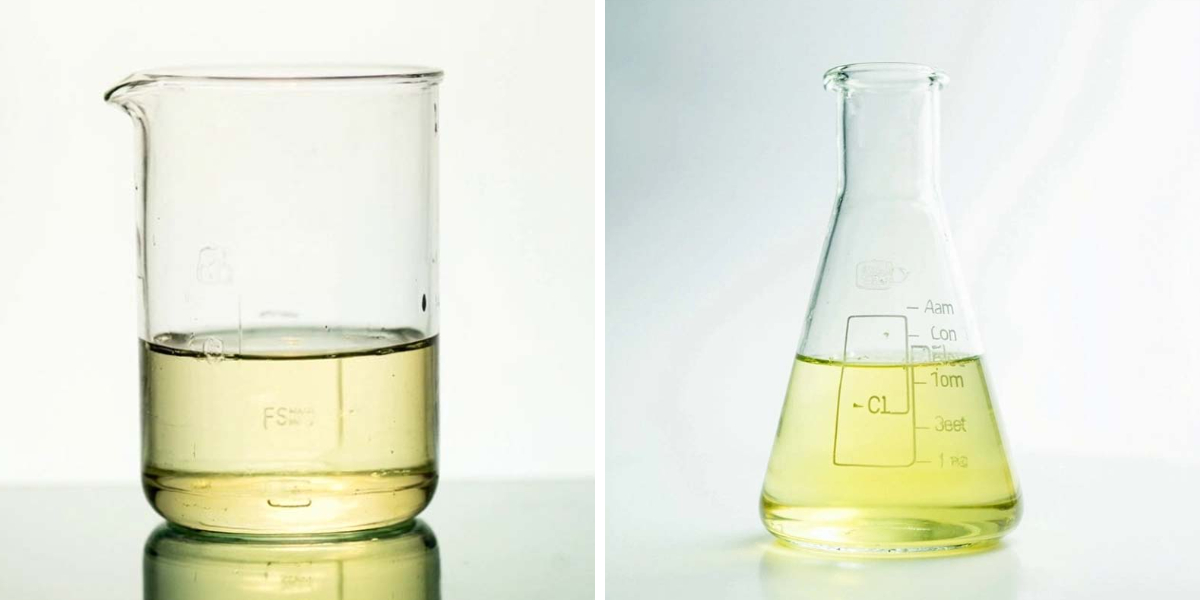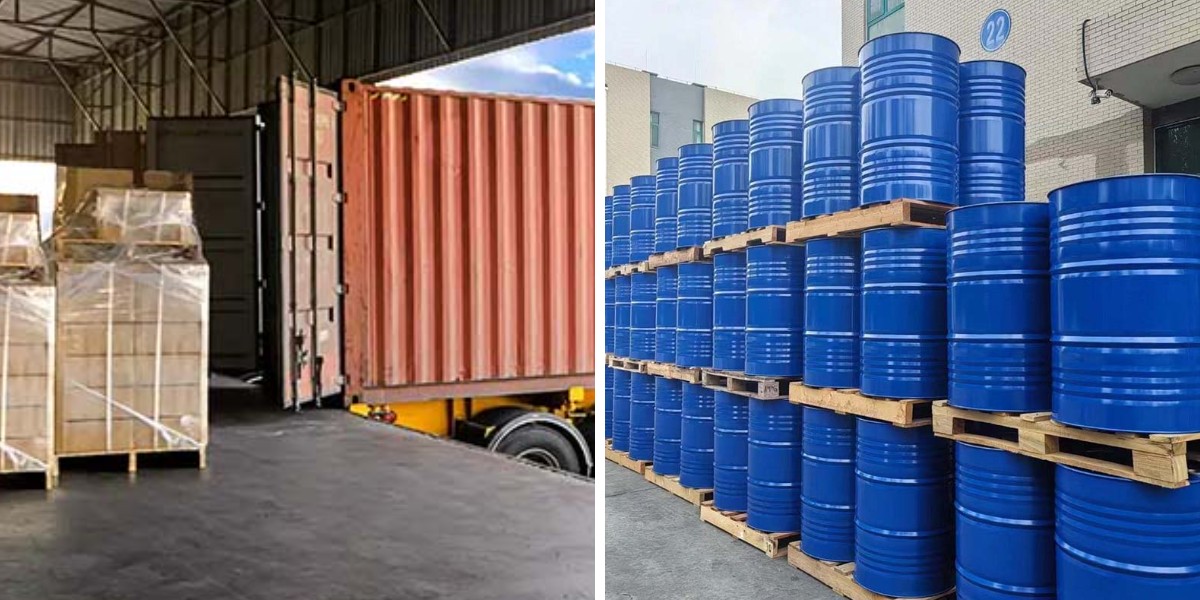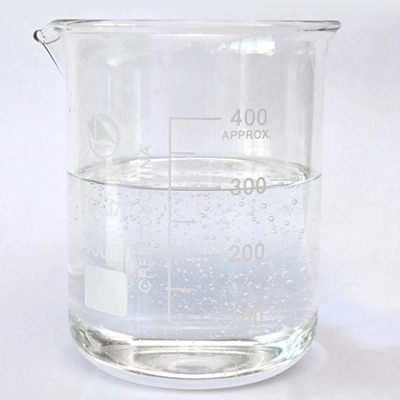Stannous Octoate
Broad Solubility: Stannous octoate is soluble in petroleum ether, making it well-suited for industrial applications that require compatibility with organic solvents.
Low Toxicity: With an oral LD50 of 3400 mg/kg in rats and minimal percutaneous toxicity, stannous octoate offers a safer alternative, reducing potential health risks.
Efficient Catalyst: Widely recognized for its catalytic role in polymerization, stannous octoate is crucial in the production of plastics, resins, and other advanced materials.
Easy Handling: Thanks to its relatively low toxicity, stannous octoate is safer to handle than many more hazardous substances, making it practical for a variety of chemical processes.
Product Details
Known as stannous octoate, this substance presents as a white or light yellowish-brown paste. It dissolves in petroleum ether but does not dissolve in water. Exhibiting low toxicity, its acute oral LD50 (median lethal dose) in rats is 3400 mg/kg, while the acute percutaneous LD50 in rabbits exceeds 2000 mg/kg.
Parameters
Melting point | <-20°C |
Boiling point | >200°C |
density | 1.251 g/mL at 25 °C(lit.) |
vapor pressure | 0.3Pa at 20℃ |
refractive index | n20/D 1.493(lit.) |
Fp | >110°C |
pka | 5.09[at 20 ℃] |
form | liquid |
Specific Gravity | 1.251 |
Water Solubility | Miscible with water. |
Hydrolytic Sensitivity | 7: reacts slowly with moisture/water |
Exposure limits | ACGIH: TWA 0.1 mg/m3; STEL 0.2 mg/m3 (Skin) |
InChIKey | KSBAEPSJVUENNK-UHFFFAOYSA-L |
LogP | 2.64 at 25℃ |
CAS DataBase Reference | 301-10-0(CAS DataBase Reference) |
EPA Substance Registry System | Stannous 2-ethylhexanoate (301-10-0) |
Safety Information
Hazard Codes | Xi,Xn |
Risk Statements | 36/37/38-62-52/53-43-41-63 |
Safety Statements | 26-36/37/39-61 |
WGK Germany | 1 |
RTECS | MO7870000 |
TSCA | Yes |
PackingGroup | III |
HS Code | 29159000 |
Stannous octoate is susceptible to hydrolysis and oxidation and should not be combined with polyether premixes. It exhibits higher catalytic activity compared to dibutyltin dilaurate.
This compound is widely used as a catalyst in the manufacture of polyurethane materials—especially soft block polyether-type polyurethane foams—as well as in polyurethane coatings, elastomers, and room-temperature-curing silicone rubbers. As a divalent tin compound, stannous octoate can oxidize to a tetravalent tin species during the foaming process. This oxidized form remains in the foam structure, where it functions as an antioxidant without adversely affecting the physical properties of the final product.



